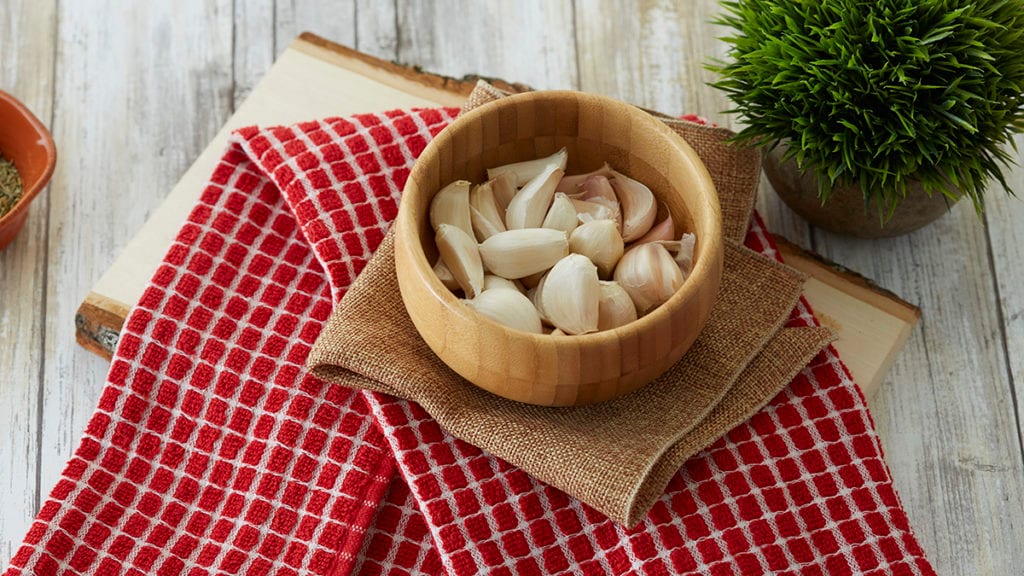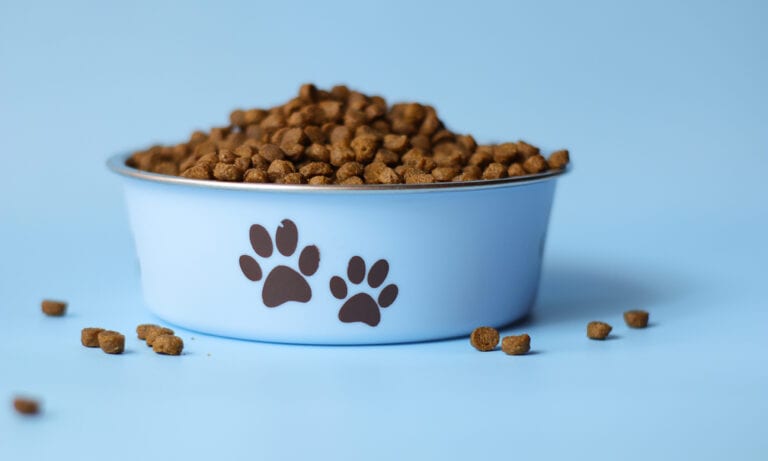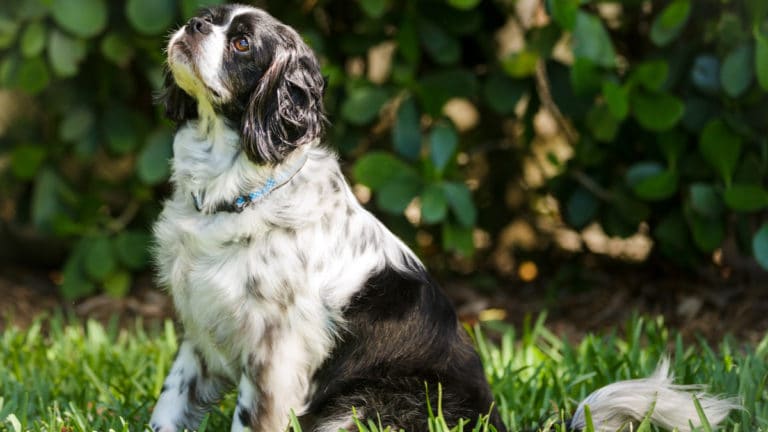You’ve probably heard the phrase: everything is good in moderation. Believe it or not, this concept is especially applicable when it comes to certain ingredients in your pet’s food. Pet food scientists have discovered that while some foods may be fatal for a pet, consuming them in small amounts may have some benefits. For dogs, garlic is a perfect example.
You may be familiar with the warning that feeding your dog a whole garlic clove will cause gastrointestinal distress. But trace amounts of garlic in pet food can actually have some positive effects for your pet. In fact, a tiny amount of garlic in dog food is said to help prevent blood clots, lower cholesterol and act as a flea and tick repellent (garlic in your dog builds up over the course of a few weeks and seeps into the oil of his coat).
Ann Hohenhaus, DVM, staff doctor at the Animal Medical Center in New York City, says to avoid feeding your dog garlic, but you shouldn’t be afraid if you see it in the ingredients list on your dog food label. “All of the members of this plant group (garlic, onions, leeks, shallots, chives) contain the compound N-propyl disulfide, which damages the hemoglobin—the substance that carries oxygen in red blood cells,” she says. To protect your dog, only feed him dog food and treats with garlic that have been commercially prepared, because they’ve been tested and deemed safe for pets. One treat to try is Solid Gold Garlic Doggie Bagels Dog Treats. And if you’re looking for a soft dog food, consider the whole foods in Tiki Dog Kauai Luau Succulent Chicken on Brown Rice with Tiger Prawns—it also contains garlic, kale and lobster broth (fancy!).
You can stock up on The Honest Kitchen Force Grain-Free Dehydrated Dog Food, particularly if your dog doesn’t eat gluten. Or check out Sojos Pre-Mix Grain-Free Recipe Freeze-Dried Dog Food Mix, which is a pre-mix that you add meat and water to for a complete meal. It’s specially formulated for dogs with sensitivities and great for those who feed raw dog food or home-cooked meals.
When you’re in the kitchen, be scrupulous when you cook. Clean up as you go to be certain nothing lands on the floor, especially when you’re chopping onions or garlic. If you are unsure of whether your dog can eat something it is always better to air on the side of caution instead of risking them getting sick. Never allow anyone to feed your pet raw or cooked garlic, and be sure to secure the trash can if your fur baby is the type who might try to forage in it.
Before you change your pet’s food, get some advice from a pet professional. Be aware of the possible symptoms your dog may exhibit if he happens to eat garlic. You might notice lethargy, diarrhea, vomiting, excessive panting or an elevated heart rate. In more serious cases, a pet might collapse. If you suspect your animal ate something that didn’t agree with him, call the vet right away. The doctor may induce vomiting to remove the substance from his system. It’s also a good idea to post the ASPCA’s animal poison control center number on the fridge: (888) 426-4435. It’s staffed 24 hours a day, every day of the year.
Share:













